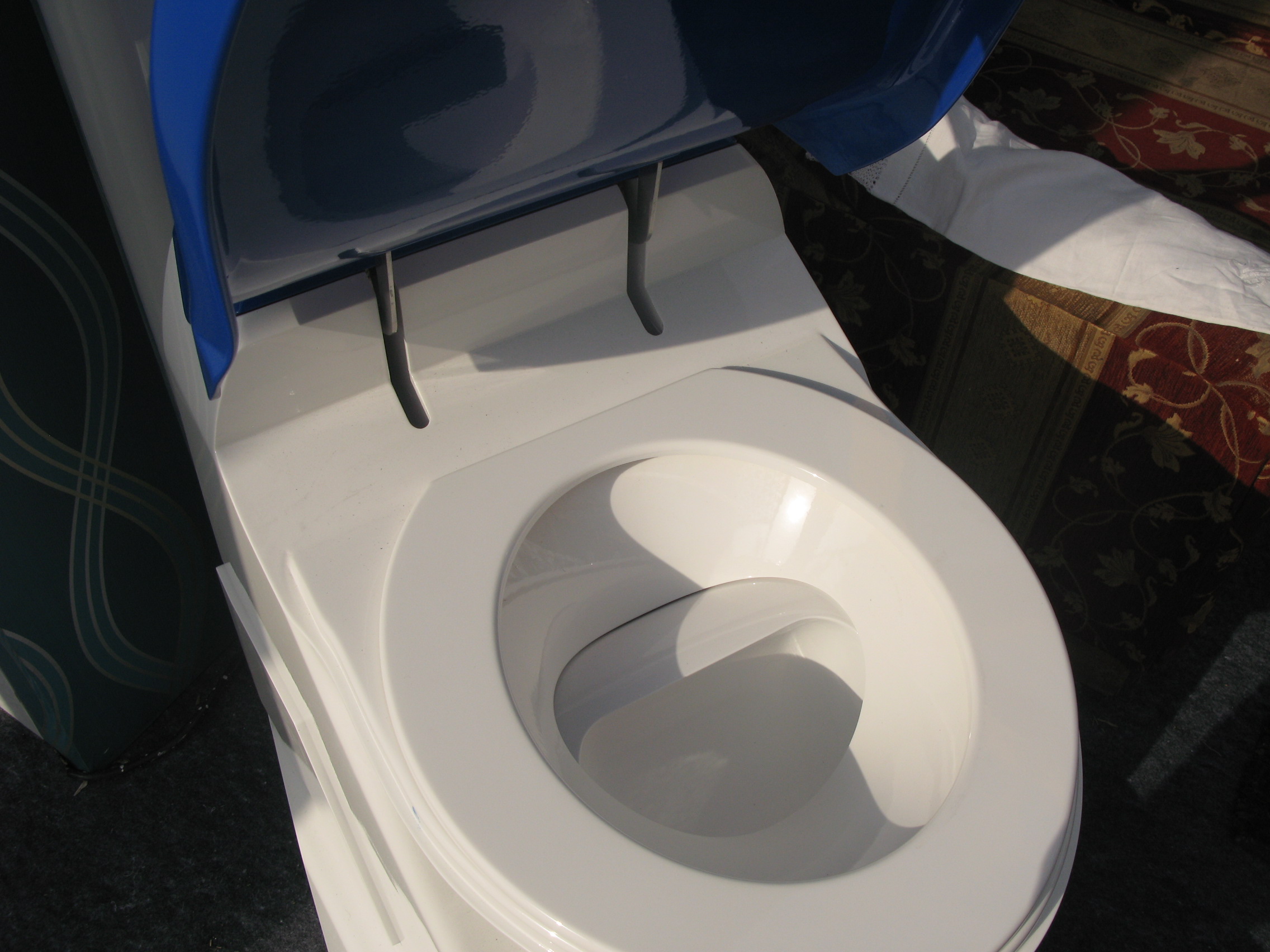A toilet without a sewage system and electricity
Bill Gates is one of those leading the charge on one of several entrepreneurial forces working to invent and spread a newer, cleaner, less environmentally demanding toilet, and requiring less water, in answer to the global sanitation crisis.
He started interesting in toilets in 2011 explaining that a toilet and a sewage system are often considered taken for granted but for the poorest countries, this is not affordable. The lack of proper toilets and a processing system is responsible for lots of diseases, not to mention the problem of having more comfort and fewer odors. Therefore, he decided to invest in innovative toilets that don’t require a sewage system but can process waste anyway, without the need for electricity thanks to solar panels with a treatment system that also allows recovering water from waste for a more sustainable environment.
Therefore, the Gates Foundation awarded Cranfield University a nearly $810,000 grant in 2012 to help develop what would become the Nano Membrane Toilet, which can treat human waste without the use of external energy or water and does not require any type of plumbing because it has its own mechanisms to keep elements separate and clean without releasing any unpleasant odors or loose waste.
This kind of toilet is designed to dispose of surplus waste products, provide energy, and even produce water for bathing or watering crops using processes such as solids separation, loosely bound water separation, and burning.
The toilet’s built-in mechanics are specifically intended to separate and dispose of urine and stools without additional water. A nanostructured membrane wall within the toilet separates the unusable part of urine from usable water. Following that, the water is transferred to a tank where the user can have access. However, it must be said that the water collected by this toilet is designed for bathing and feeding plants, but not for human consumption.
Meanwhile, solids settle to the bottom of the toilet, are separated with a thin blade, and transferred to a combustor to be converted into electricity for low-power uses like mobile phone charging. The outcome of combustion is an ashy material that must be removed once a month.
According to the World Health Organization, around 46% of the world’s population did not have access to effective sewage treatment. Having to rely on a latrine that is located outside of your home is a considerably different and far more sanitary experience. Consider that outside of North America, Australia, and parts of Europe, it’s much more typical to find a family sharing a single bathroom (or something equivalent).
Discharging waste products from a toilet or latrine pit, without a sewage system, attracts hazardous bacteria and has the potential to pollute surrounding water sources, and spread disease. This is common in countries like Ghana, where UNICEF reports that “just 1 rural household out of 10 used upgraded household toilets in 2015, while 3 out of 10 performed open defecation”.
Source slashgear.com

